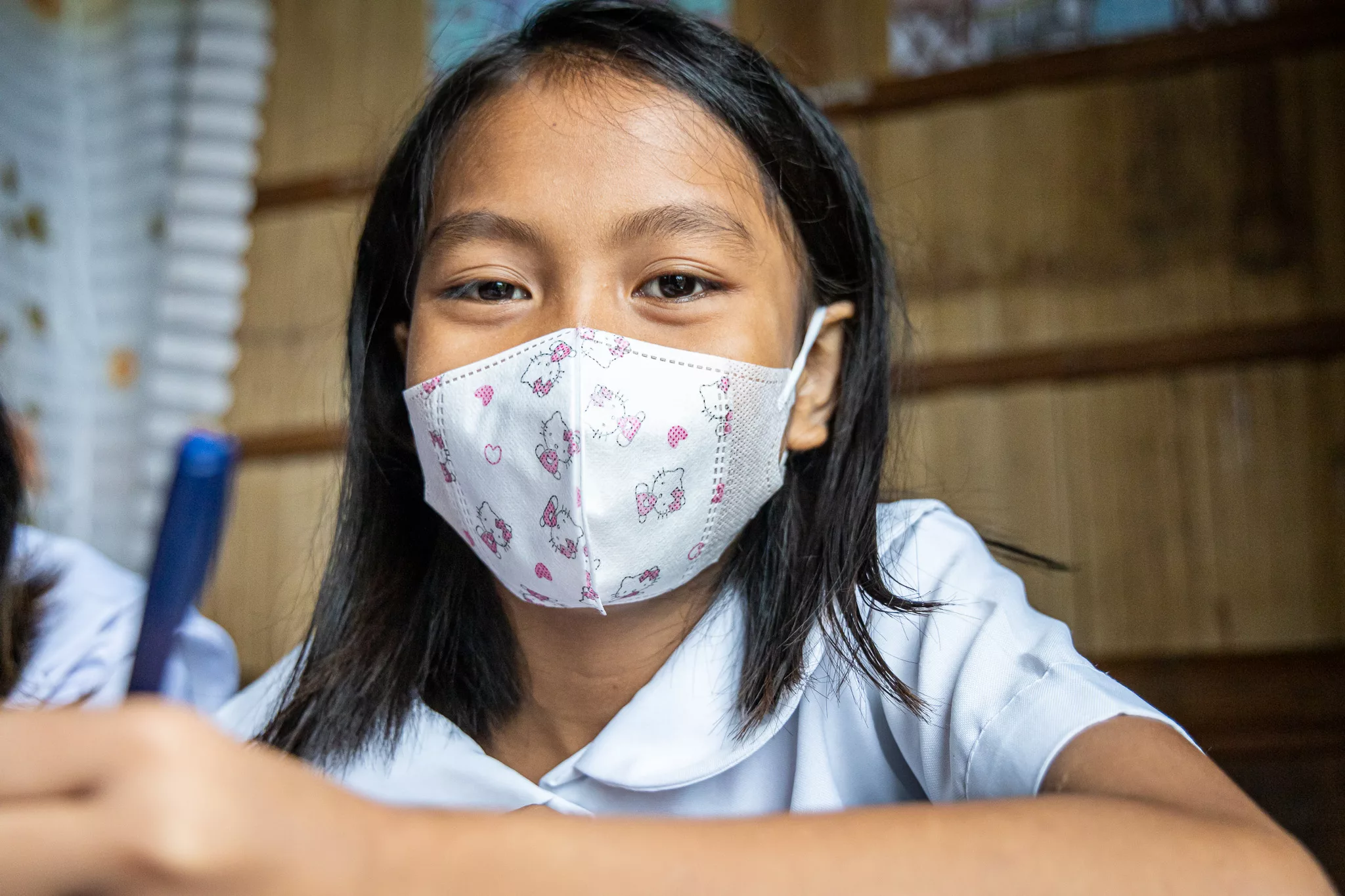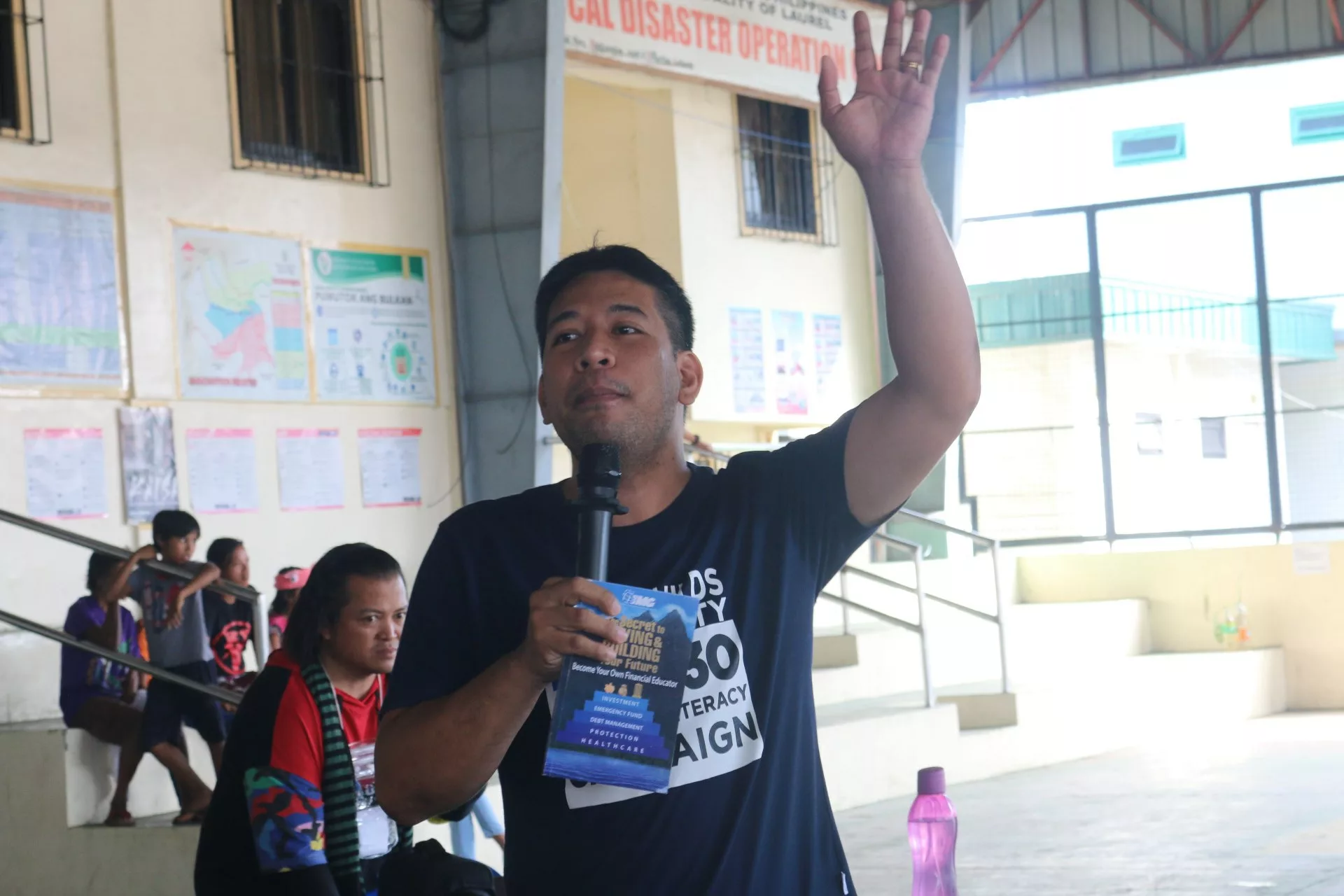How can you contribute to a sustainable and zero waste future?
How can you contribute to a sustainable and zero waste future? Read the winning pieces of the students from Davao, Cagayan de Oro, and Quezon City who joined PHINLA’s recently concluded essay-writing contest in celebration of Zero Waste Month.
1st Place:
YOUTH: The Hope of Tomorrow
By: Aya Shikinah F. Hibaler
“The goal of life is living in agreement with nature.”
— Zeno (450 BC)
Pollution and environmental degradation are not new phenomena. Pollution, in reality, has been a concern since the time of our forefathers. God gave nature to His children to utilize and take care of it, not abuse it. We understand that all created things belong to God and that as stewards of the creation, we are responsible to Him. To fulfill the objectives God intended for all of creation, He has given us the task of ruling over everything in a way that supports, protects, and enhances His handiwork. Though, this has been ignored by many. We are too focused on our own desires that we turn a blind eye to the commands of our Lord and the issues of the world. We must manage the environment for the glory of God, not just for our own advantage.
“Zero waste” is a way of living that promotes the objective of lowering the quantity of stuff we throw away. It is an advocacy effort aimed at assisting people ethically, economically, and efficiently transforming their lifestyles and habits toward sustainable systems, as well as ensuring that wastes become beneficial for other purposes [1]. A systematic design and management of products and processes are required to reduce the amount of waste created, eliminate toxicity in the resulting waste, and conserve and recover resources. When it comes to nature, there is no such thing as “waste.” When one system produces a by-product, it becomes feedstock for another. This item called “waste” has solely been created by mankind [2].
The century’s worth of waste we dumped in this world cannot be cleaned up in a couple of days by a handful of people. It is better for every single one of us as a united community to be sustainable and perform actions that can improve the environment and the lives of every individual.
With their young mind, body, and energy, the youth can do numerous actions to help contribute to the zero-waste lifestyle. They can adapt the habit of using less plastic, recycling old materials, reusing things, and using environmentally-friendly products as an alternative for materials that create more harm to the surroundings. They can also use their creativity to upcycle old garments into something that suits them. This is crucial since the fast fashion industry has created a massive impact on the environment. According to the Intergovernmental Panel on Climate Change, the textile industry is responsible for 10% of global greenhouse gas emissions [3], and according to McKinsey research, the fashion industry contributed 2.1 billion metric tons of greenhouse gas (GHG) emissions in 2018, accounting for 4% of global total emissions [4]. Since fashion takes a big part in how the youth present their personality, it is important that they know how to use them responsibly.
Moreover, the young generation is knowledgeable about technology and can utilize it to spread awareness, as well as innovate. They can conduct experiments, explore, and discover new things that can help nature.
Young individuals, like other people no matter the age, like to have fun. They can utilize their creative minds and active body to make programs and challenges that advocate for caring nature and promote a zero-waste lifestyle. This could include activities like “14 days No plastic challenge”, recycling activities, or “1 week zero waste challenge.” After this, they will reflect on how it changed their lives and how it can help the environment. Leaders and environmentalists will help assist these activities and will assess the youth on how environmentally healthy their lifestyle is.
The young members might also work on reuse projects and assist in the redistribution of usable commodities to people in need, such as surplus food donated to shelters, furniture for refugees, and business clothing for job seekers. Additionally, they can create a compost pit, not just in their home but in the community where they can plant a garden for everyone to use and take care of.
When it comes to the youth’s abilities, the possibilities are limitless. Allowing them to start young will offer them more time to think, invent, act, and leave a legacy of healthy change and wisdom for the subsequent generations to benefit from.
The future of the world is in the hands of the youth- the younger generation and the hope of tomorrow. Teach and lead them at the present, and with the wisdom they accumulated, they will work and change the future for the generations to come. Teach them to love the gifts and blessings God gave to His children, and they’ll take care of the environment- the plants, trees, and animals. Their minds are vast and creative, full of ideas and knowledge. They are problem solvers, inquisitive, and imaginative, and they have the ability to create hundreds of possibilities. These minds need to be fed about the significance of sustainability and nurturing nature since they can live long enough to take a glimpse and live in the future.
Reference:
[1] Practice Zero Waste Lifestyle Everyday [Internet]. Wwf.org.ph. 2022 [cited 18 January 2022]. Available from: https://wwf.org.ph/resource-center/story-archives-2020/zero-waste-lifestyle/
[2] How Communities Have Defined Zero Waste | US EPA [Internet]. US EPA. 2022 [cited 18 January 2022]. Available from: https://www.epa.gov/transforming-waste-tool/how-communities-have-defined-zero-waste#:~:text=%22Zero%20Waste%22%20is%20a%20way,as%20%22waste%22%20in%20Nature
[3] [Internet]. Unfccc.int. 2022 [cited 14 January 2022]. Available from: https://unfccc.int/news/un-helps-fashion-industry-shift-to-low-carbon
[4] Berg A, Granskog A, Lee L, Magnus K-H. Fashion on climate [Internet]. McKinsey & Company. McKinsey & Company; 2020 [cited 2022 Jan12]. Available from: https://www.mckinsey.com/industries/retail/our-insights/fashion-on-climate

2nd Place:
Catalysts for Change
By: Odessa Decano
There is no doubt that the current state of our planet is at its worst right now. From climate change, pollution, contaminated water systems to people dumping garbage on the streets, we can’t deny that we as a society largely contributed to our planet’s declining environmental health. But we, as youth members of our society, have a lot of things to offer. As Dr. Jose Rizal once said, the youth is the hope of the nation. Not just for the future of our country, but also for the future of the whole wide world. And now is the time to start.
Living a Zero Waste Lifestyle – This could sound intimidating and impossible at first, but adding a sprinkle of fun to your zero waste lifestyle will definitely help you big time. For example, you can use your recycled stuff as materials for arts and crafts. Old magazines and newspapers can turn a piece of paper into a beautiful scrapbook page. Plastic bottles and cans can be turned into pencil cases, flower vases, or even lamps. Junk food wrappers and juice packs can be turned into bags, wallets, and even accessories like hairbands, bracelets, and rings. It is cheap, creative, and eco-friendly. A dash of creativity goes a long way, and you can even earn profit from selling these goods made from recycled items. Especially during this pandemic, being able to help with your family’s financial needs while doing what you love, sounds incredible and fun at the same time.
Reusing and avoiding buying “one-time use only” items – Aside from you saving the environment, you also save money by reusing and purchasing items that can be used over and over again. According to Zero Waste Scotland, “A lot of energy goes into the production of new items, so by re-using unwanted items first, we can help reduce the need to produce a new one.” Considering how pollution from factories making new products greatly affects our environment day by day, it is vital that we are aware of the consequences of us not having second thoughts when purchasing unnecessary stuff. Practicality is important during these times, and we can achieve that by reusing items that are still functional and safe to use. For example, buying real silverware such as spoons, forks, and plates is a lot cheaper and more waste-free than buying plastic ones.
Using your voice to influence other people – You can utilize your social media accounts as vessels for your advocacies. As the majority of the world’s population has access to the internet, it is not impossible to voice out and influence your friends or followers to be more environment-friendly. Of course, you don’t have to be yelling and preaching at random people on the internet about your zero waste lifestyle, but being able to share factual information, tips and ideas with others that are interested or curious about your cause are essential when you want people to take your advocacies seriously. Participating in trends, hashtags, and groups that are related to saving the environment can also help you be more educated and even make friends with others who have the same mindset and way of living. While it is good to influence others, what matters most is the impact you make on the lives of the people around you. Communicate with your parents, siblings, relatives, and neighbors. Show them the benefits of living a zero-waste life. There is power in number.
There might come a time when our planet will give up on us, the same way we gave up on it. It’s just a matter of when and how that will happen. But that doesn’t mean that we should just abandon all hope for the future of humanity. As youth, it is our responsibility to contribute to our nation, even in the form of living a zero-waste lifestyle. We should always remember how the generations before us made our lives a lot easier, and we should also do the same for the next generations. Don’t let the future suffer the consequences of the mistakes done by the past and the present.
3rd Place:
Creating a Zero-waste Future
By: Niña Mae Bahian
Environmental problems are always an issue. There will always be news about environmental issues like climate change, global warming, and the ozone layer. Seeing the news about environmental issues always makes us hopeless and miserable thinking we can’t solve them anymore. But if we implement a zero-waste lifestyle, we can help avoid or decrease the chances of these problems getting worse. A Zero-Waste lifestyle promotes the goal of reducing the amount of waste. Even the youth can help us gain a zero-waste environment. All of us making a small change will make a big change in our environment.
Many landfills are filled with waste more than their capacity. A landfill is a well-managed facility for the disposal of solid waste. We live in a world where we just consume so much then don’t know what to do with it after. The landfills release methane which, in turn, results in contaminating bodies of water which damages ecosystems and also our health.
The 5Rs create an important role in solving environmental problems; they are Reduce, Reuse, Recycle, Rot and Refuse. First off, reduce. We need to reduce using plastics too much. Instead, we should use some alternatives like Tupperware or wooden utensils. Also, if buying groceries or going to the market, we should bring something like an eco-bag, to reduce waste. Second, reuse. Reuse some items. If some plastics can still be used, well, use it but not for quite too long since it’s also bad for us. Next time, buy reusable utensils or items like metal or wood items since these can be washed and used again. Buy a reusable bottle instead of buying a plastic one every day. Try pausing on tissue paper and instead go with handkerchiefs. Third, recycle. Recycle plastic in a way it can be used for something or be decorative like making D.I.Y or do-it-yourself flower pots or decorations. Fourth, Rot. Many vegetables, fruit, and leaf scraps can be thrown or made into compost. A compost also acts out something like a fertilizer for the soil so, if done right, it is actually good for the environment. Many households have compost pits in them. Even our family has a compost so, I encourage everyone including children to do the same. Last but not the least, refuse. Refuse using plastics. Use some reusable alternatives. In these times, we can mostly find some reusable wood and metal utensils. Many restaurants nowadays don’t use plastic anymore, like cups and straws. Some use paper cups and straws. The straws may be uncomfortable, it’s better that way than polluting the environment. Also, if the straws are uncomfortable, we can always just sip from the cup. There are also a lot of other options aside from the 5R’s.
An example is avoiding using too much Styrofoam since we all know it’s toxic for the environment. Separate different wastes from each other; biodegradable with biodegradable and non-biodegradable with non-biodegradable. Donate old clothes to charity. Make your own cleaning supply from scratch. Try cooking or reusing leftovers or give them to someone.
Little efforts can make a huge difference. Clean oceans, save marine life. Don’t throw trash anywhere. With these simple yet powerful things, we can surely achieve a long-awaited goal–to live a zero-waste life.








